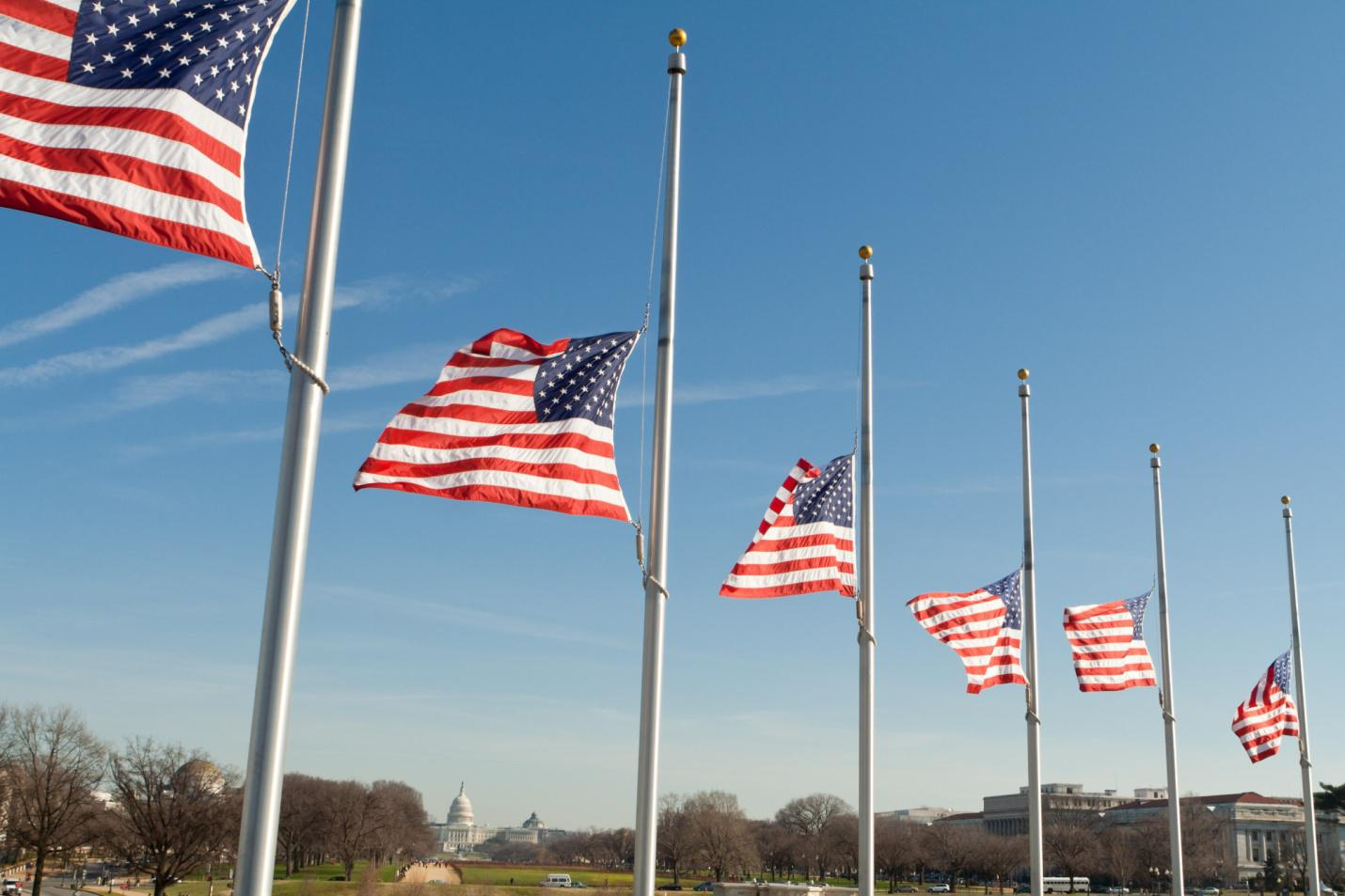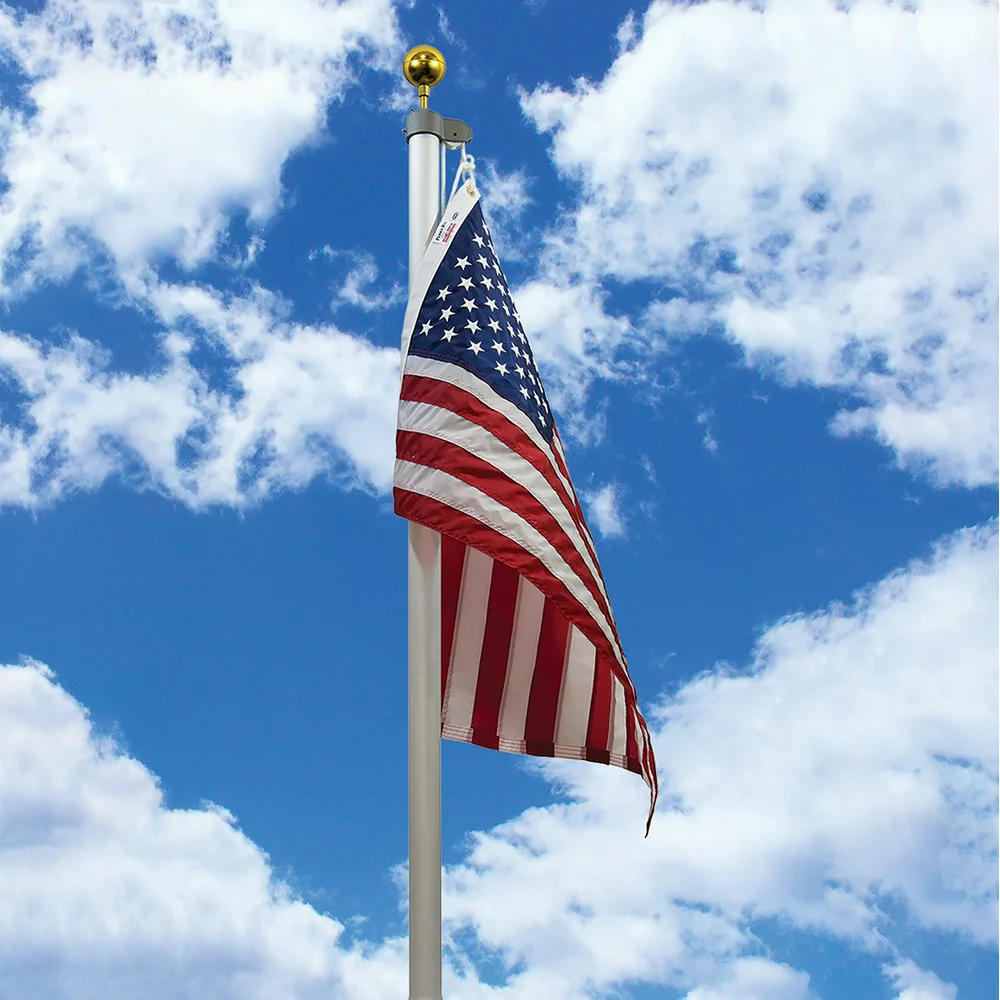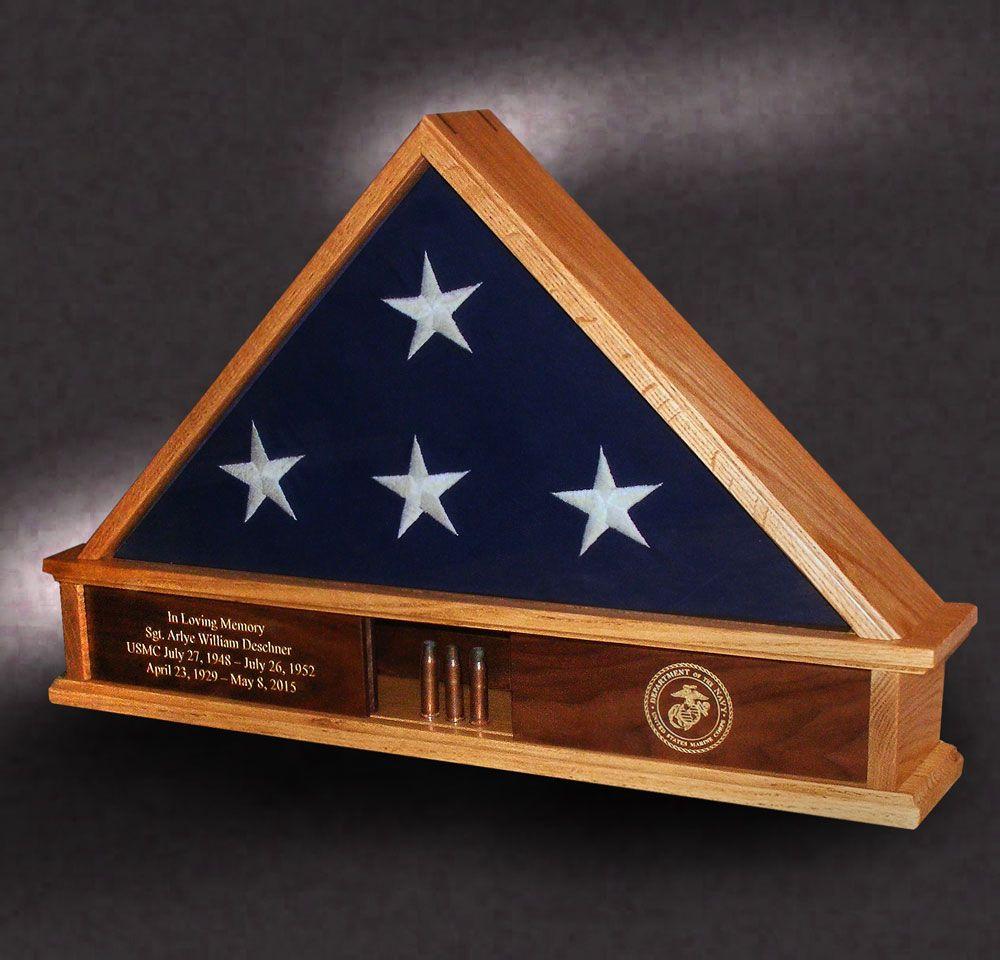Welcome To Our Blog
Here are few of the topics you will find here:
- Discussion of the significance of flagpoles
- Insights on local veteran events and how to support those who have served
- Step by Step instructions on choosing the right flagpole, hardware and lighting
- We will highlight Christmas lights and decorations for your flagpole
- Expert advice if you are considering a large flagpole installation

Give us a call today
We take great pride in offering top quality products at unbeatable prices. We are your direct source for everything flags and flagpoles.
Toll Free (888) 735-5591Fax (775) 665-6526















